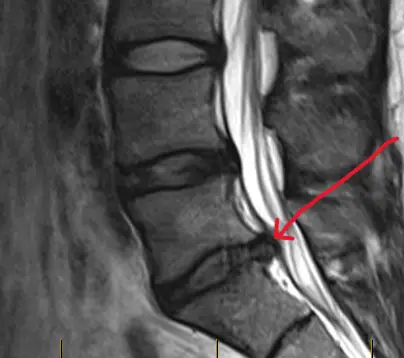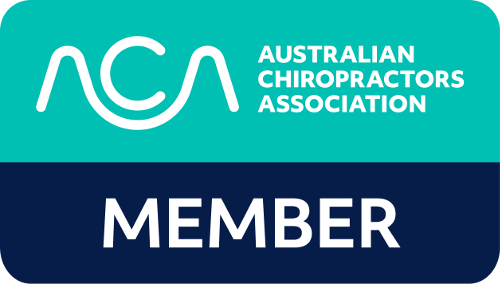Understanding Disc Herniation and Bulging Discs: A Simplified Guide
Experiencing the Unexpected: Disc Herniation vs. Bulging Disc When your healthcare provider—be it a doctor or a chiropractor—mentions that you have a disc herniation or a bulging disc, it might seem overwhelming. It’s natural to wonder, “What is the difference between these two conditions?”
Breaking Down the Differences: Bulge vs. Herniation Imagine a car tire. A bulging disc is like a deflated tyre that swells outward, typically affecting more than 50% of the disc’s circumference. In contrast, a herniated disc resembles a tyre with a specific weak spot, usually involving less than 25% of the disc’s surface.
Pain and Herniation: Not Always Hand-in-Hand Here’s a surprising fact: having a herniated disc doesn’t always equate to pain. Research indicates that 52% of individuals without back pain show signs of a bulging disc, while 27% exhibit a herniated disc. An MRI, rather than a CT scan, is often the preferred method for assessing such conditions.
The Role of Size and Composition in Herniation The herniation’s size matters significantly. Some studies suggest that more significant herniations are more prone to a reduction over time. Its composition also plays a crucial role. Herniations mainly made of nuclear material are more likely to be reabsorbed, unlike those composed of cartilage or bone fragments. Plus, if the disc material moves vertically, it has a higher chance of reabsorption.
Understanding Nerve Compression Another crucial aspect to consider is the extent of nerve compression. If the herniation only touches the nerve without compressing it, the likelihood of experiencing leg weakness decreases. During your consultation, we’ll review your MRI to assess the composition and degree of compression.
Can We Help? We may offer assistance in some cases, but a thorough examination and MRI review are essential first steps. Every case is unique, and understanding your situation is critical to finding the right approach. We wish you good health and informed decisions!
Reference: Jenson MC, Brant ZM, Obuchowski N, Modic MT, Malaksian D, Ross JS: Magnetic resonance imaging of the lumbar spine in people without back pain. New England Journal of Medicine, 1994; 331: 69-73


